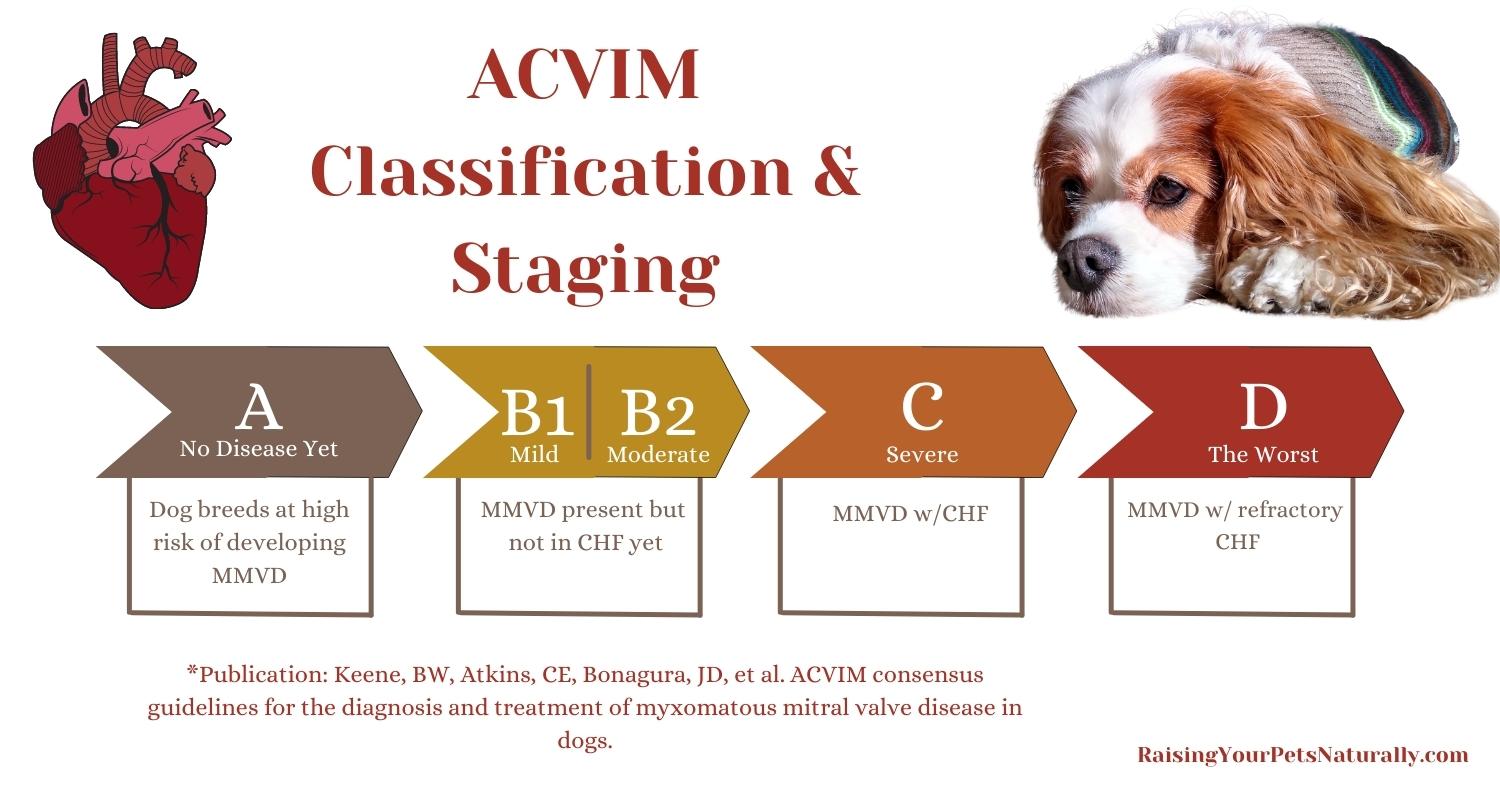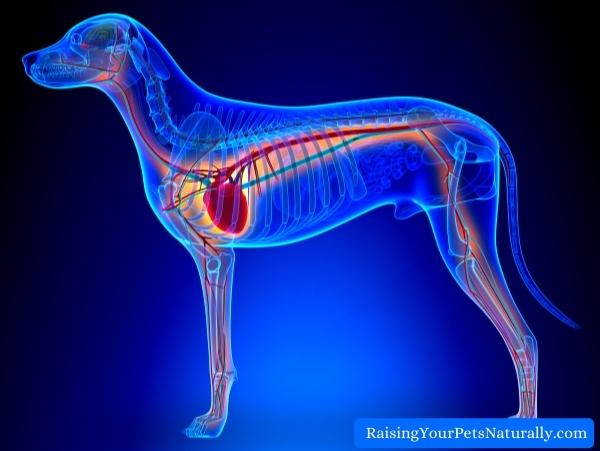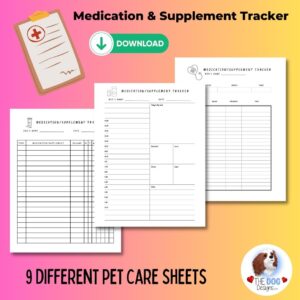Google Adsense—>

MVD Stages


I’m super excited about today’s topic and an upcoming blog post series: Mitral Valve Disease in Dogs with a special emphasis on the Cavalier King Charles Spaniel. But, it’s not just going to be me yammering on. I have a special guest, Lisa Davila BS-Biomedical Science Hospital Manager at Aggieland Animal Health Center in College Station Texas. Lisa is also has been the mom to many Cavalier King Charles Spaniels. She is going to head up this series with her expertise. Here is Lisa’s first contribution to this series. You can also follow Lisa and Jiminy over on Instagram. Part two, supplements for dogs with MVD can be found here.
Staging of MVD Mitral Valve Disease in Dogs
Mitral Valve Disease is something many of us have unfortunately had experience with as Cavalier parents. Our breed is significantly overrepresented and has become the “poster-child” for MVD. What can we, as Cavalier parents do to help our sweet pups? Educate ourselves!
There is a lot of information about MVD, so rather than make one enormous and potentially overwhelming post, I am going to break them into topics and hopefully answer any questions you may have.
Today’s topic is the staging of MVD. You will hear dogs with MVD referred to as being at a certain stage of disease, but what do they mean? Here is a breakdown for you:
- Stage A: (No disease present) Why is there a staging label for dogs without MVD? This label is applied to breeds at risk for developing MVD, so veterinarians can keep a closer eye on them. All Cavaliers fall into this category, as well as some other breeds like Chihuahuas, dachshunds and Yorkies. Early detection of this disease is very important!
- Stage B1: Once a heart murmur is detected, dogs are moved to Stage B. Stage B is separated into B1 and B2.
- Stage B1: Dogs that are B1 have a mild murmur but no changes to the structure of their heart (this is determined by an echocardiogram, chest X-rays or both). B1 dogs do not require medication or dietary intervention. It is recommended that the dog see a cardiologist if at all possible at this point to get a baseline echocardiogram and definitive diagnosis. After they are categorized as Stage B1, they should be screened every 6 months to monitor the heart for any changes.
- Stage B2: When the murmur becomes more pronounced and changes to the structure of the heart are detected, a dog is classified as Stage B2 and, at this point, the veterinarian will start them on the drug pimobendan to decrease the stress on the heart and slow the progression of MVD. Although there are changes to the heart, the dog shows no outward symptoms at this stage, such as a cough.
Mild sodium restriction is often recommended at this point, which usually entails cutting out salty snacks (cured meats, nut butter with salt added, commercial treats with added salt). It’s important not to overly reduce the dietary sodium because this can actually worsen the problem!
Stage B2 dogs should be checked by their veterinarian every 4-6 months to monitor for the progression of their disease. It is also important to start monitoring the respiratory rate (breaths per minute) of B2 dogs at rest. This can easily be done at home with the free Cardalis app (I’ll go into more detail on this with another post). If the rate starts to trend up, the veterinarian needs to be made aware. If it is over 30 BPM at rest, urgent veterinary care is needed.

- Stage C: Congestive Heart Failure. The interval between Stage B2 and Stage C can be quite long, years for some dogs, but it’s important to recognize the change! The change may come slowly (an upward trend in the resting respiratory rate, mild cough), or it may present as a dramatic episode of respiratory distress. In this case the veterinarian will stabilize the dog using oxygen and by giving furosemide (Lasix) to remove fluid from the lungs. This will likely require hospitalization until the dog is stable on oral medication. At this point, more medications are added to help further stabilize the heart and slow down the progression of MVD. In addition to pimobendan, three other medications are added: benazepril (or enalapril), Spironolactone and furosemide. The doses of benazepril and spironolactone will likely remain static but the pimobendan and furosemide will be adjusted as needed to keep the dog comfortable and stable.
Moderate sodium restriction may also be advised at this point, although it will never get more restrictive than this. Stage C dogs should also not be allowed to overexert themselves or get overheated, and care should be taken to reduce stress. Stage C dogs need to be monitored by their veterinarian every 4-6 months to assess changes in their heart, fluid in the lungs, and kidney values (furosemide can cause issues here). They also need to have their resting respiratory rate closely monitored at home.
- Stage D: This is the end-point of MVD, A dog is classified as Stage D when they are no longer stable Stage C and decompensate, requiring emergency intervention again to stabilize them. Pimobendan doses will be adjusted and, if the dog is at the upper limit of their furosemide dosage, they may be switched to torsemide, which is much more potent. Medical intervention is at its very limit at this stage, and there will come a point when the medication is no longer effective because the heart is exhausted and can no longer function.

As painful as it is to contemplate the mortality of our sweet pups, it is at this stage that end-of-life plans should be made so that you are not trying to make those plans during a time of intense emotion.
I realize this is a difficult topic none of us want to contemplate, but I hope the information I can share with you as a veterinary nurse will give you some confidence in speaking with your veterinarian and helping your pup to live their best life! Stay tuned for the next article on MVD in dogs.
If you are the proud parent of a breed prone to MVD, it’s a good idea to schedule yearly evaluations with a cardiologist.
Please feel free to click here to download the article to share.
You can read more about Dexter’s MVD and an interview with his cardiologist in this article.

https://onlinelibrary.wiley.com/doi/full/10.1111/jvim.16155
https://onlinelibrary.wiley.com/doi/10.1111/jvim.15488
https://www.aggielandanimalhealthcenter.com/staff.asp
Your questions or comments are welcome below.
Are you looking for even more ways to stay up to date with Raising Your Pets Naturally? Sign up for the newsletter for more tips and promotions. Don’t forget to be social and Like, Follow and Subscribe. Comments below are always welcome.
Facebook Twitter Pinterest Instagram YouTube
 |





